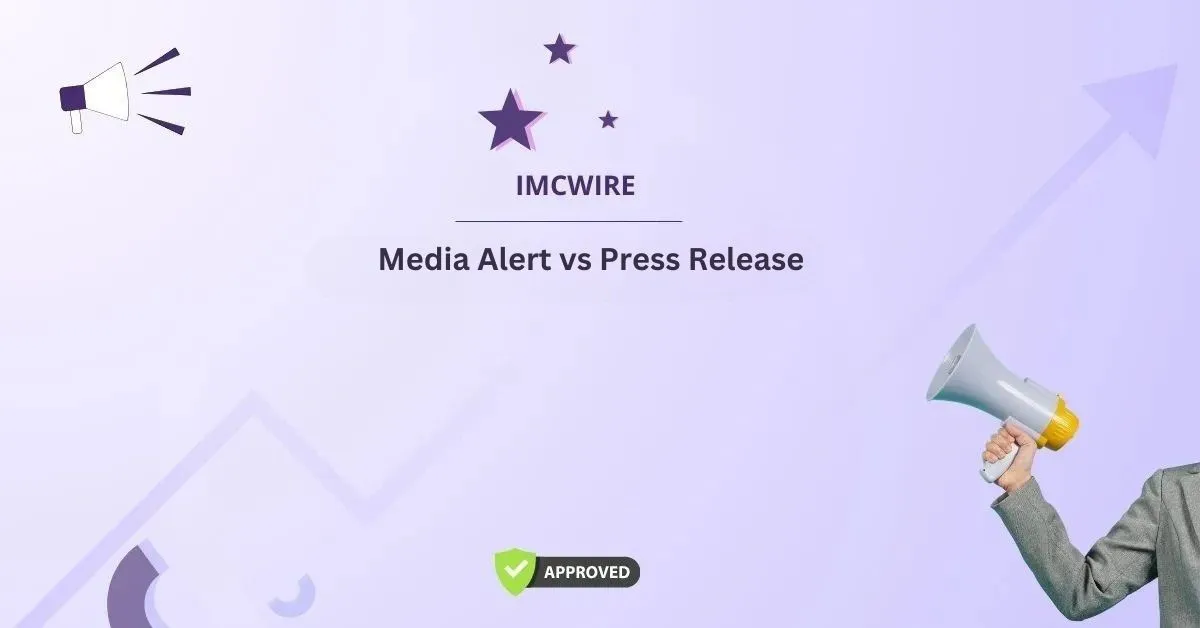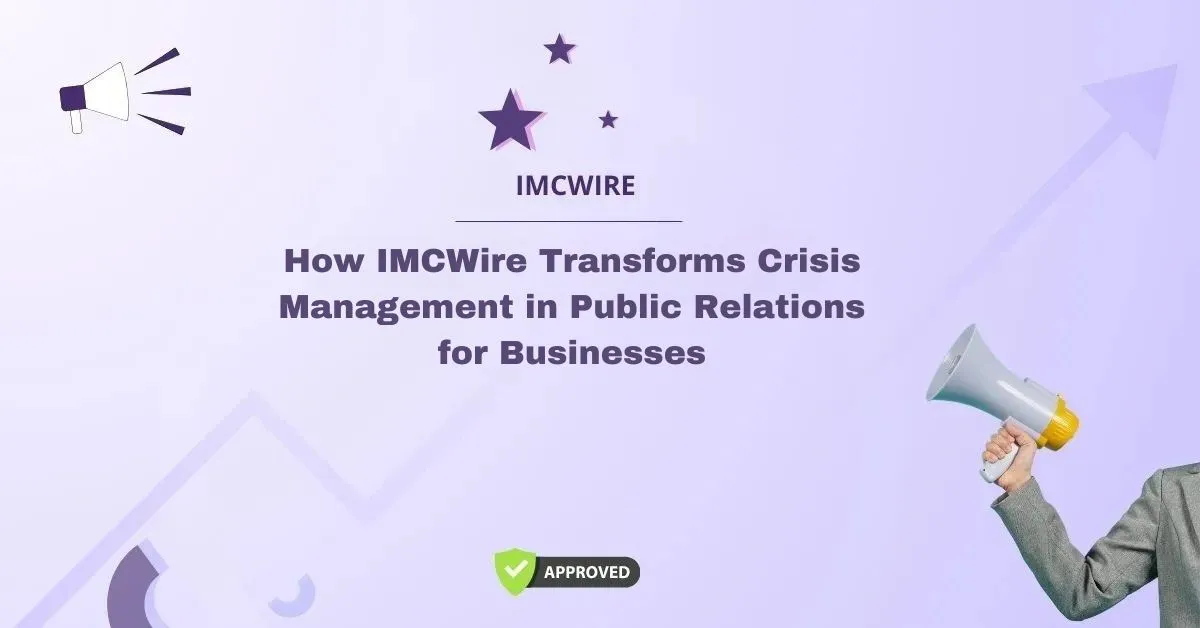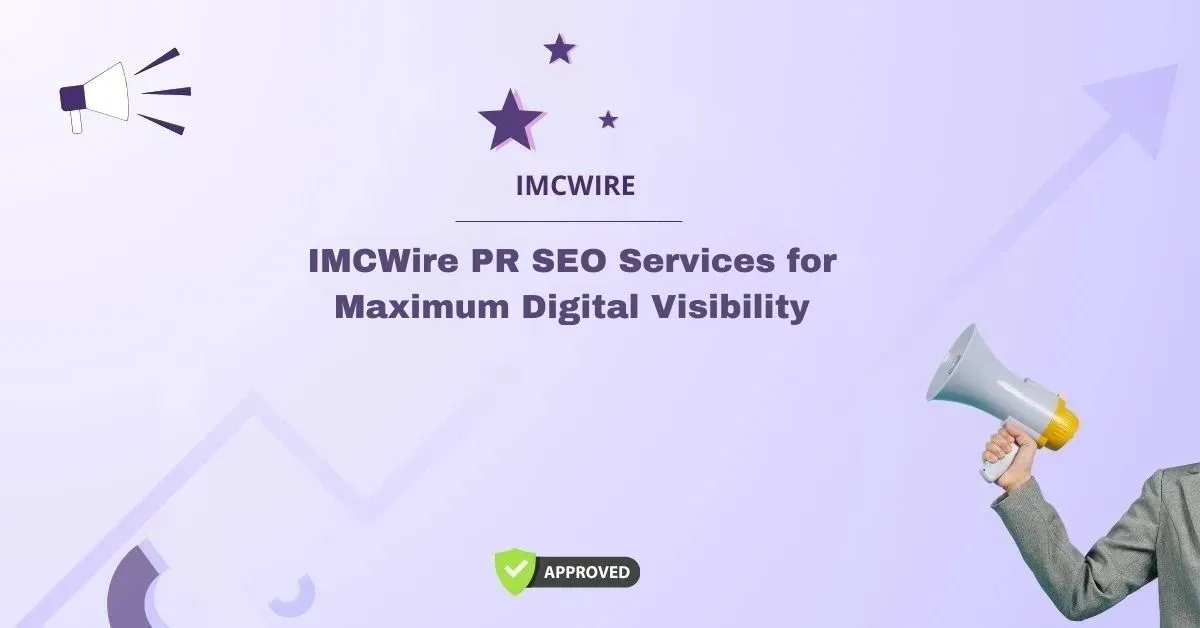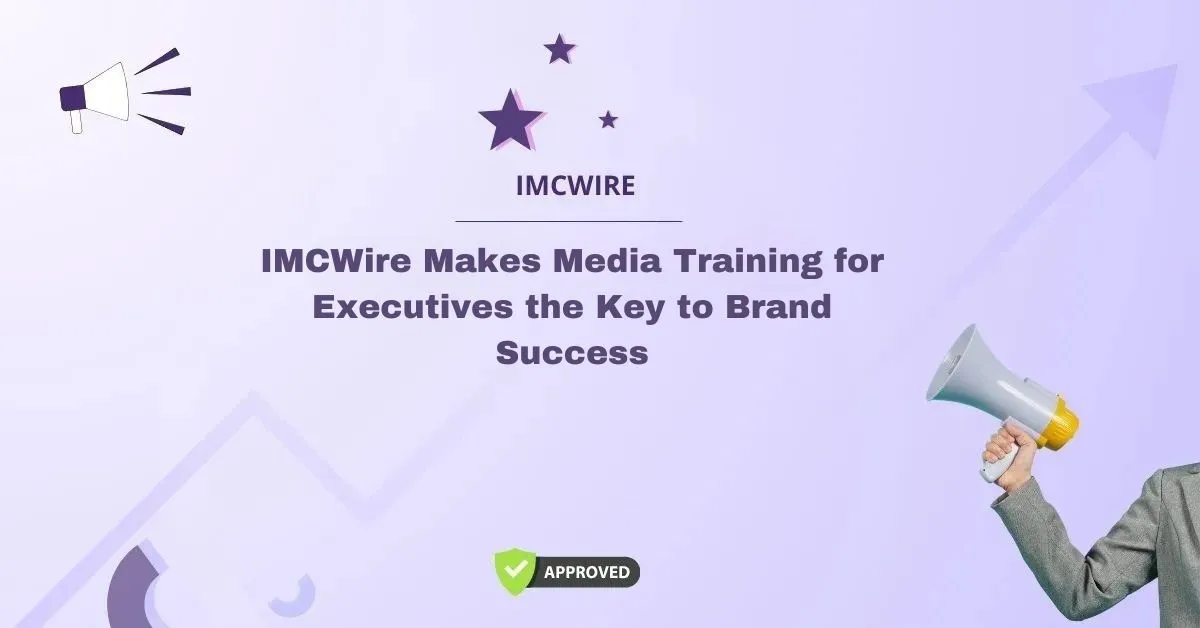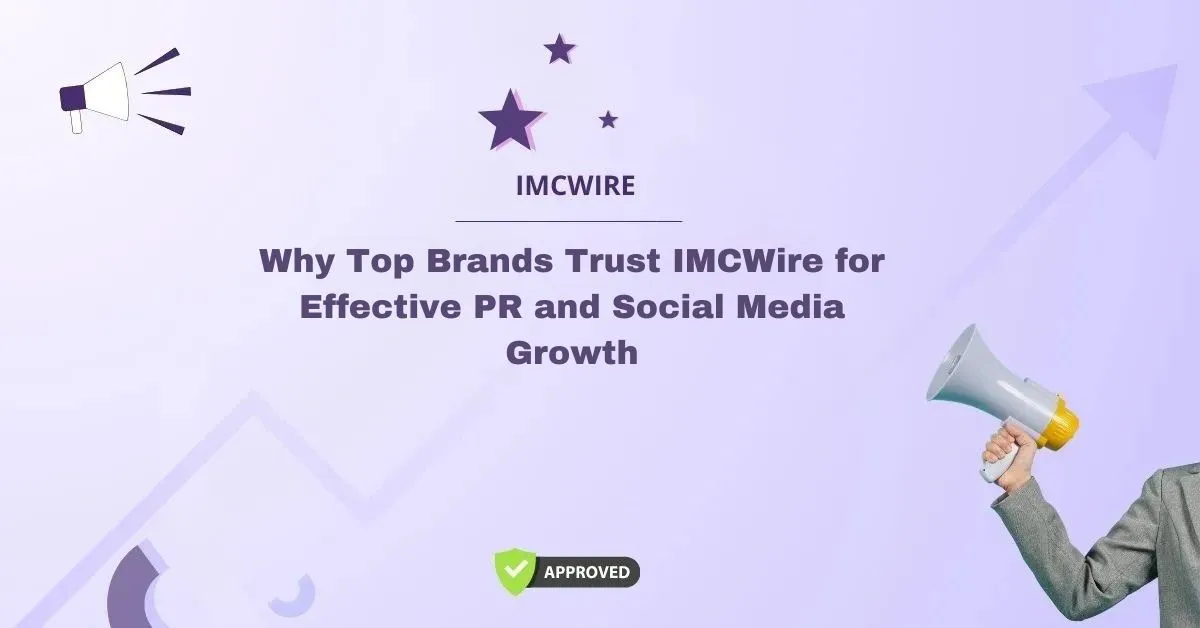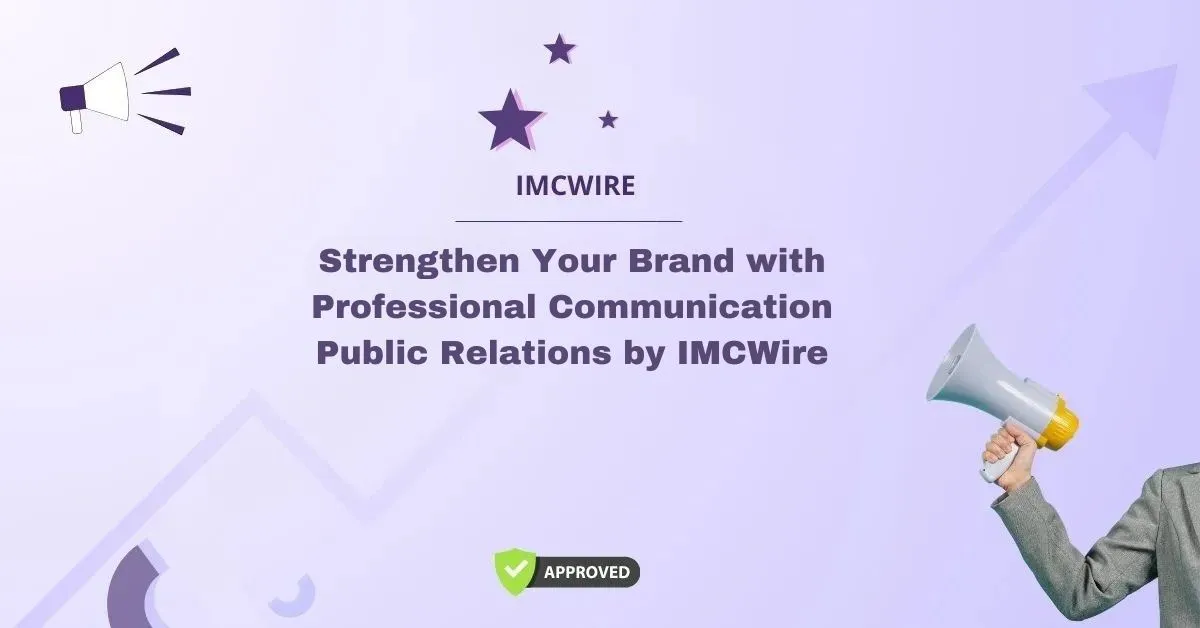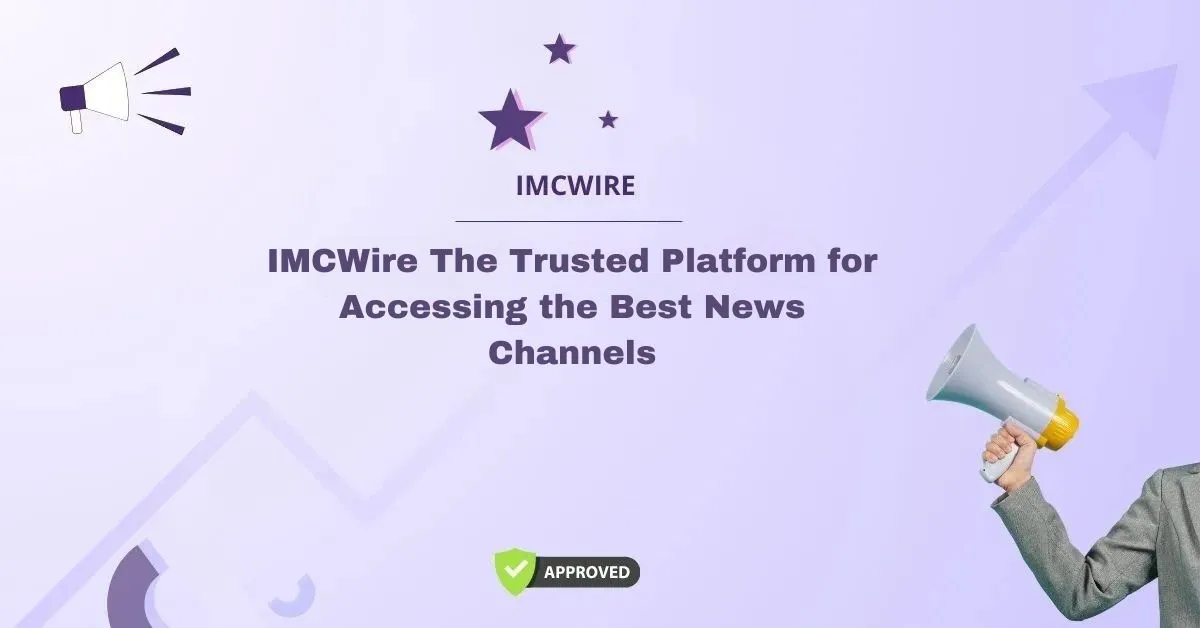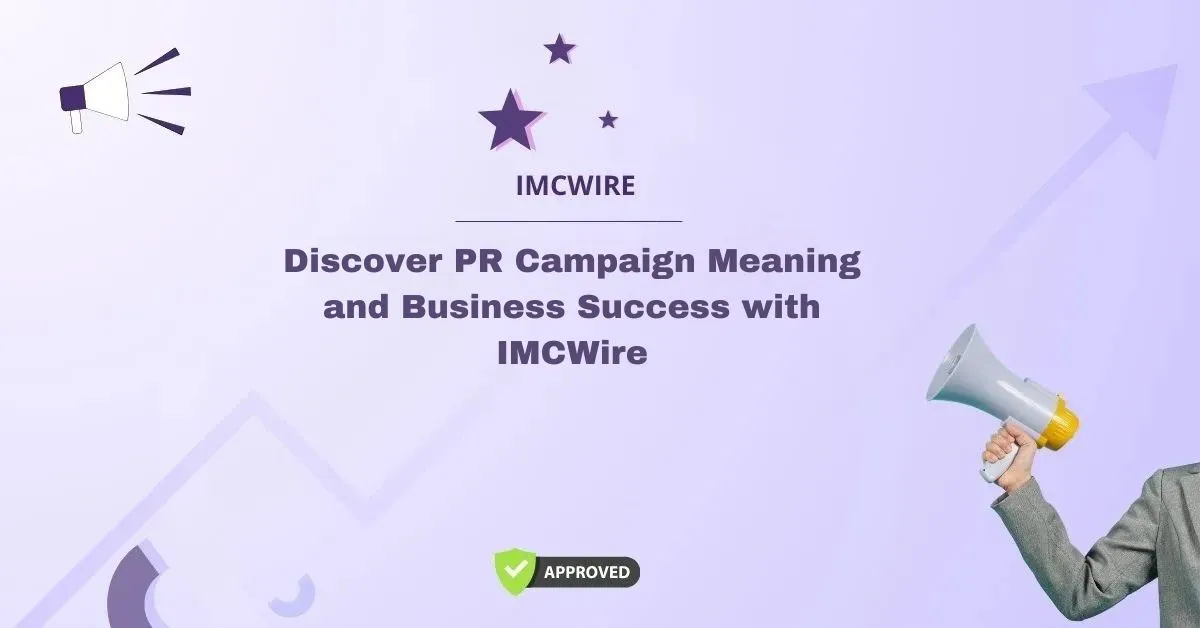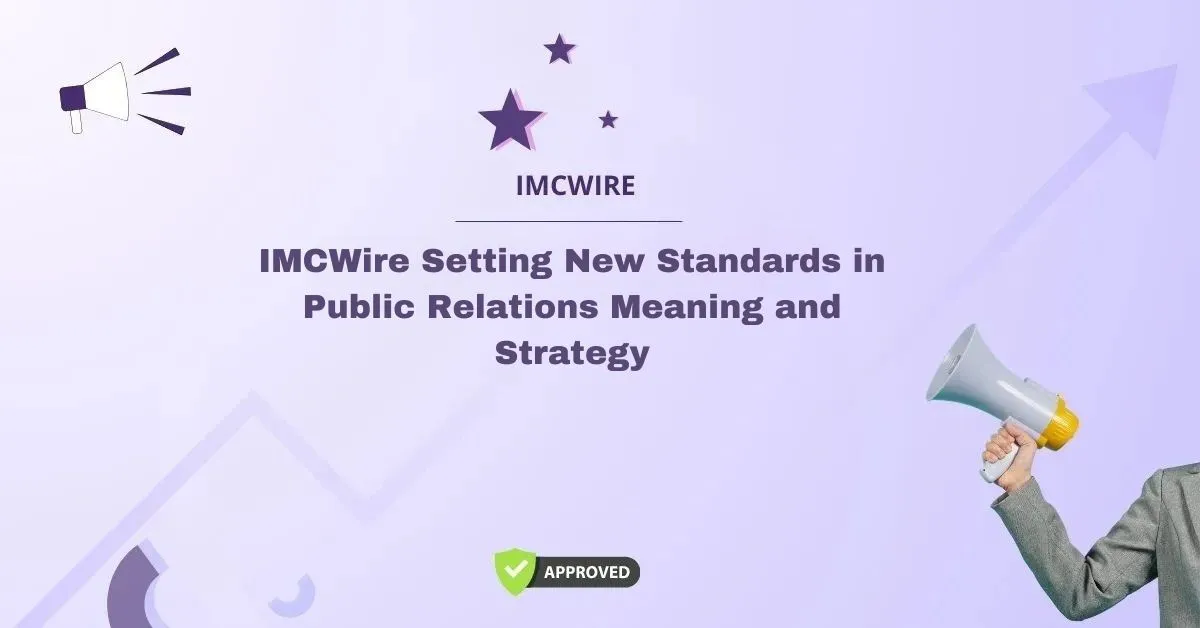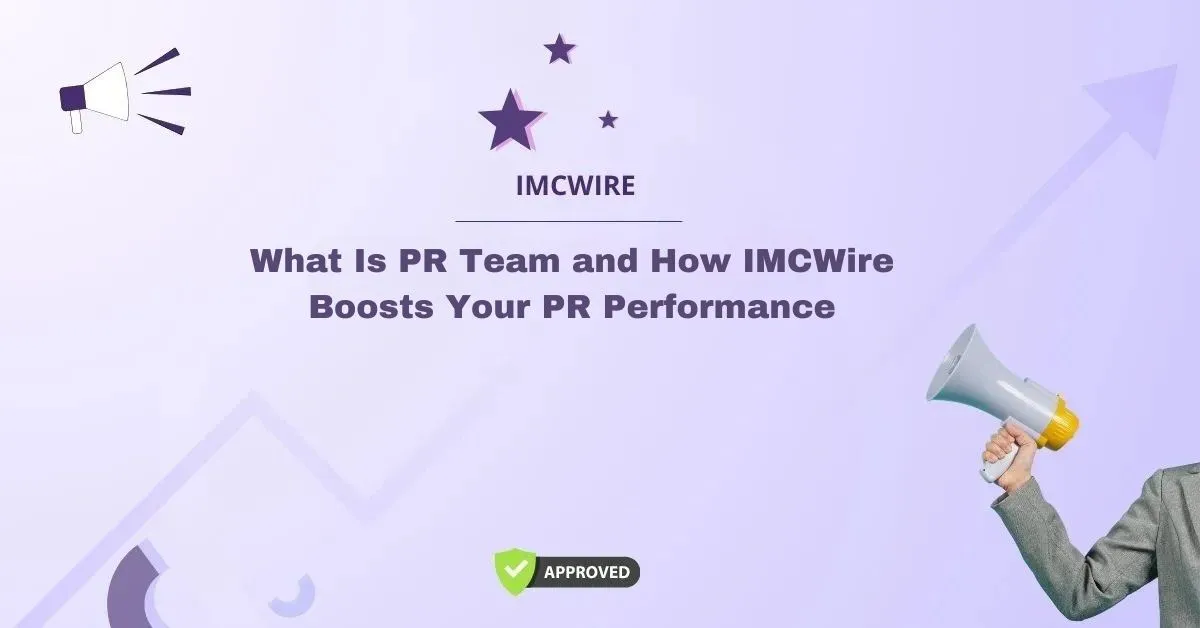In today’s fast-paced media landscape, businesses, organizations, and public relations professionals often use various communication tools to engage with the media. Two of the most common tools used to share news, events, or announcements are media alerts and press releases. While both are crucial in public relations and marketing strategies, they serve different purposes, follow distinct formats, and are aimed at diverse audiences. Understanding the differences between a media alert and a press release is essential for crafting effective messages that resonate with the right audience and achieve desired results.
In this blog, we will break down the fundamental differences between a media alert and a press release, highlight when and how to use each, and explore key elements of these two important communication tools. Whether you’re a communications professional or a business owner looking to refine your media outreach, this blog will provide you with the insights you need to make informed decisions about your media strategy.
Table of Contents
What is a Media Alert?
A media alert is a concise, factual communication tool used primarily to inform journalists, bloggers, and other media professionals about an upcoming event or announcement. Its goal is to provide essential details in a format that is quick and easy to read, allowing the recipient to quickly understand the purpose of the event or news and make decisions about covering it.
A media alert is typically used for time-sensitive or breaking news that requires immediate attention, such as:
- Press conferences
- Product launches
- Special events
- Media tours
- Interviews
While it might contain a headline and a brief description, a media alert focuses more on the logistics and “need-to-know” information rather than the narrative behind the news.
Key Features of a Media Alert
- Short and to the point: A media alert is usually just one page or less.
- Inverted pyramid format: Like a news story, it starts with the most critical details at the top, followed by supporting information in descending order of importance.
- Event-focused: It emphasizes when and where an event is taking place, who will be there, and why it’s relevant.
- Call to action: Media alerts often include contact information for the press to reach out for more details, interviews, or to RSVP.
For example, a media alert could announce a scheduled press conference, offering journalists all the logistical details and a brief reason for the announcement. The media alert might look like this:
MEDIA ALERT
WHAT: Press conference on new product launch
WHEN: Monday, May 10th, 2025, at 10:00 AM
WHERE: ABC Conference Hall, 123 Business Road, City, State
DETAILS: Join us as we unveil our innovative new product designed to revolutionize the industry.
CONTACT: John Doe, Media Relations Manager | [email protected] | (555) 123-4567
What is a Press Release?
A press release is a formal, detailed written communication used to announce news, events, or product launches to the media. It serves as the official statement from an organization, and its goal is to tell a compelling story to journalists, bloggers, and other media outlets, with the intention of earning media coverage.
Unlike a media alert, a press release provides more in-depth information, including background, quotes, and detailed context about the announcement or event. A press release typically follows a journalistic style, allowing reporters to use it as the foundation for their own stories.
Press releases are often distributed to the media, posted on company websites, and shared across social media platforms to maximize reach. Some of the key events that might trigger a press release include:
- New product or service announcements
- Mergers or acquisitions
- Company milestones or anniversaries
- Crisis communications or public apologies
- Research findings or reports
Key Features of a Press Release
- Length and structure: A press release is typically 400-800 words long, divided into sections like a headline, subheadline, body, and contact information.
- The “5 W’s”: A press release answers the who, what, where, when, why, and how of the news story.
- Headline and dateline: The headline should grab attention, and the dateline tells the reader where and when the news is being issued.
- Storytelling: A press release is more narrative, focusing on the “why” behind the news and the impact it will have.
- Quotes and additional details: A press release often includes quotes from key company figures or subject-matter experts to add authority and insight to the story.
Here’s an example of a press release:
FOR IMMEDIATE RELEASE
ABC Corporation Announces the Launch of Game-Changing Product XYZ
City, State — May 10, 2025 — Today, ABC Corporation unveiled its innovative new product, XYZ, which promises to revolutionize the [industry]. With cutting-edge technology, XYZ is designed to [product benefit].
“We are excited to introduce XYZ to the market, as it will redefine how consumers interact with [industry],” said John Doe, CEO of ABC Corporation. “This launch represents a significant milestone in our ongoing commitment to delivering top-tier products that make a difference.”
The product will be available for purchase starting June 1, 2025, on the company’s website and at select retail locations.
For more information or to schedule an interview with John Doe, please contact:
Jane Smith
Media Relations Manager
[email protected]
(555) 123-4567
Key Differences Between Media Alerts and Press Releases
Both media alerts and press releases are important tools in public relations, but they differ in several key areas. Here are the primary differences between the two:
1. Purpose
A media alert is designed to notify journalists about an upcoming event or time-sensitive news. It gives the media the essential details so they can quickly determine whether to cover the event. It’s more about logistics and timing.
On the other hand, a press release is a more comprehensive statement intended to tell a story. It provides detailed information, context, and background about an announcement or event. Its purpose is to inform and engage the media with the hope of getting media coverage.
2. Length
A media alert is typically very brief, usually just one page or less, offering the most important details in a concise format. In contrast, a press release is longer, usually ranging from 400 to 800 words, with more detailed information, quotes, and background.
3. Content and Detail
A media alert focuses on the “who, what, when, where, and why” of an event. It gives reporters the key logistical details they need to make a quick decision about attending or covering the event. A press release, however, provides a fuller story with more context, quotes, and sometimes additional data.
4. Audience
A media alert is typically sent to journalists or reporters directly involved in covering events, while a press release is broader, targeted at journalists, bloggers, media outlets, and anyone else who might find the news valuable.
5. Call to Action
A media alert often includes a clear call to action, inviting media professionals to RSVP, attend, or cover an event. It’s all about prompting immediate action. Press releases, however, aim to provide journalists with enough information to craft their own stories, often leading to a longer-term coverage opportunity.
When to Use a Media Alert vs a Press Release
Understanding when to use a media alert vs press release is crucial to maximizing their effectiveness. Here’s a quick guide:
- Use a media alert when you need to:
- Announce an event or press conference.
- Provide journalists with essential logistical information.
- Drive immediate media coverage of a time-sensitive event.
- Use a press release when you need to:
- Share in-depth information about a company’s news or announcement.
- Provide context, quotes, and background for a larger story.
- Reach a broader audience, including journalists and the general public.
Conclusion
Both media alerts and press releases are essential tools in the world of public relations and media communication. While a media alert is concise and event-focused, a press release offers a deeper, more narrative-driven account of news. Understanding the purpose, format, and appropriate use for each can help ensure that your communications are clear, effective, and compelling.
By recognizing the differences between media alerts and press releases, PR professionals can better tailor their strategies to meet the needs of both the media and the audience they are trying to engage. Whether you’re launching a product, organizing an event, or announcing an exciting new partnership, knowing when to use each of these tools is key to achieving success in your media outreach efforts.

